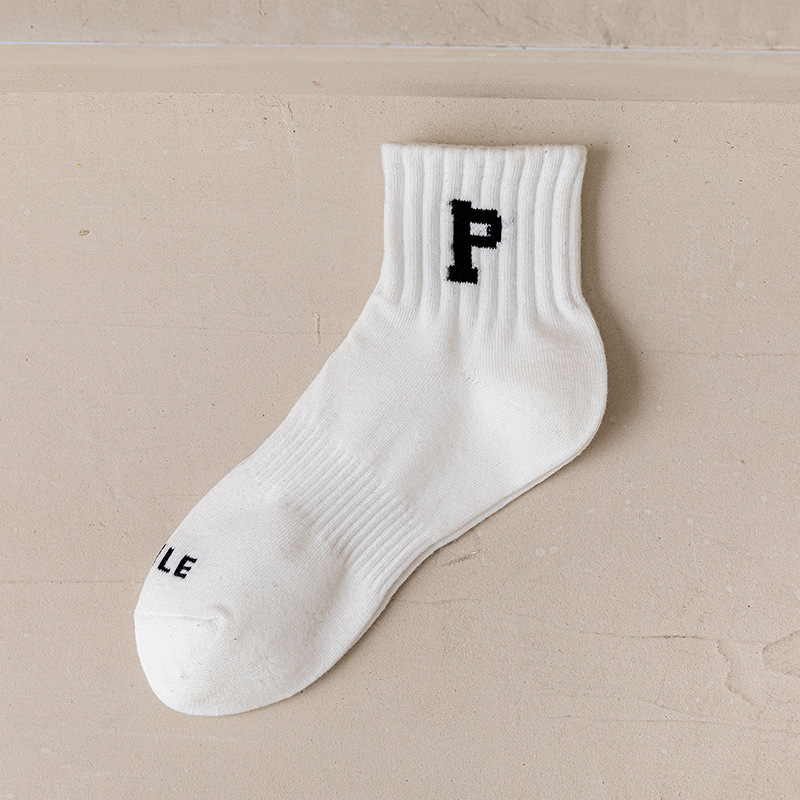

Seasonality significantly impacts the demand for different types of women's socks. Various factors, such as weather conditions, seasonal activities, and fashion trends, influence the types of socks that are in demand during different times of the year. Here’s a detailed look at how seasonality affects sock demand:
Winter
Increased Demand for:
Thermal Socks: Warm, insulating materials like wool or thermal blends are preferred to keep feet warm in cold weather.
Knee-High and Over-the-Knee Socks: These provide extra warmth and coverage, often worn with boots or layered under pants.
Boot Socks: Thicker socks designed to be worn with winter boots for added warmth and comfort.
Compression Socks: Increased use for travel during holiday seasons and to improve circulation during colder months.
Examples: Wool socks, fleece-lined socks, merino wool socks, thermal socks.
Spring
Increased Demand for:
Lightweight Socks: Transition to lighter materials as temperatures begin to warm up, but still need some coverage.
Ankle and Crew Socks: Popular for moderate temperatures and suitable for a variety of casual and athletic activities.
Patterned and Colorful Socks: Bright, playful designs become more popular as people update their wardrobes for spring.
Examples: Cotton-blend socks, lightweight wool socks, fun and colorful patterns.

Summer
Increased Demand for:
No-Show and Low-Cut Socks: Preferred for wearing with sneakers and low-cut shoes to keep feet cool and maintain a clean look.
Breathable and Moisture-Wicking Socks: Materials like bamboo, cotton, and technical fibers that keep feet dry and cool.
Sport-Specific Socks: Increased outdoor activities and sports lead to higher demand for specialized athletic socks.
Examples: No-show socks, ankle socks, performance athletic socks.
Fall
Increased Demand for:
Transitional Socks: Mid-weight socks that provide warmth without being too heavy, suitable for changing temperatures.
Fashion Socks: As fall fashion trends emerge, demand for stylish socks to complement outfits increases.
Boot Socks: Similar to winter, but in lighter weights as people start wearing boots again.
Examples: Cotton-wool blends, fashion-forward designs, patterned crew socks.
Year-Round Demand
Consistent Demand for:
Everyday Casual Socks: Basic, comfortable socks for daily wear remain in steady demand throughout the year.
Specialized Socks: Medical and therapeutic socks like diabetic socks or compression socks maintain consistent demand regardless of season.
Fashion Trends and Seasonal Colors
Fashion Trends: Seasonal fashion trends can drive demand for specific styles, colors, and patterns. For example, fall may see an increase in demand for earthy tones and cozy styles, while spring and summer may bring brighter, more vibrant designs.
Seasonal Colors: Color preferences can shift with the seasons, with lighter pastels and bright colors in spring and summer, and darker, muted tones in fall and winter.
Holiday Seasons
Gift-Giving: The holiday season, particularly around Christmas, often sees a spike in demand for novelty socks, gift sets, and cozy socks as popular gift items.
Promotions and Sales: Seasonal sales events, such as back-to-school or holiday promotions, can also influence sock demand.
Understanding these seasonal variations helps retailers and manufacturers plan their inventory, marketing strategies, and product launches to align with consumer demand throughout the year.